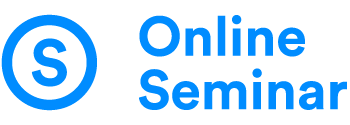During a webinar all kinds of questions come in through the chat. How do you ensure that these are properly managed? That’s the moderator’s job. But how does it work exactly?
During a webinar all eyes are on the host and his or her presentation. So you also want the host to be able to fully focus on the broadcast. This also means that they shouldn’t be distracted by all the questions that you receive through the chat. There may just be questions that are not at all relevant to the broadcast. At the same time, however, you want those questions to be answered. That’s why you need a moderator to handle this job.
What is the moderator’s background?
During the chat, all kinds of questions come in, both technical and content-related. That’s why it’s useful for a moderator to have professional knowledge of your specific field. It is also important that the moderator is someone who can act quickly and write concisely. That’s why a moderator is almost always someone from the organisation that organises the webinar. The moderator can forward technical questions to the helpdesk.
What are the tasks of the moderator?
You don’t want to leave questions unanswered, but not everything is suitable to forward to the host. For example, some questions do not fit in with the story at the time. If the host were to deal with it in the broadcast, this would distract other viewers. The moderator should therefore be able to answer the simpler questions.
The moderator knows enough about the subject to assess whether a question is really interesting for the broadcast. So the moderator selects and filters. He or she determines whether a question contributes to the message of the broadcast. A condition to bring a question live is that the host can answer the question straight-away.
It is also possible that questions are asked that are not addressed in the presentation. In a webinar about, for example, a company’s annual figures, there may be viewers who have questions about a particular investment. The moderator can then determine that the organization quickly formulates a solid answer. The host can then share this in the broadcast.
The moderator determines which questions can be forwarded to the host and takes into account the following factors:
• Which questions contribute to the message? (selects and filters)
• Can the host answer this question directly? (editors)
• What are the sentiments or questions among the participants that were not included in the presentation? (edits)
Involve participants
Involvement of participants is important. Especially in a webinar with the main goal of lead generation, it is essential to help the questioners properly and to activate them to click on call-to-action buttons. But also in other webinars it is extremely important that viewers get their questions answered quickly. A moderator will take care of that.


